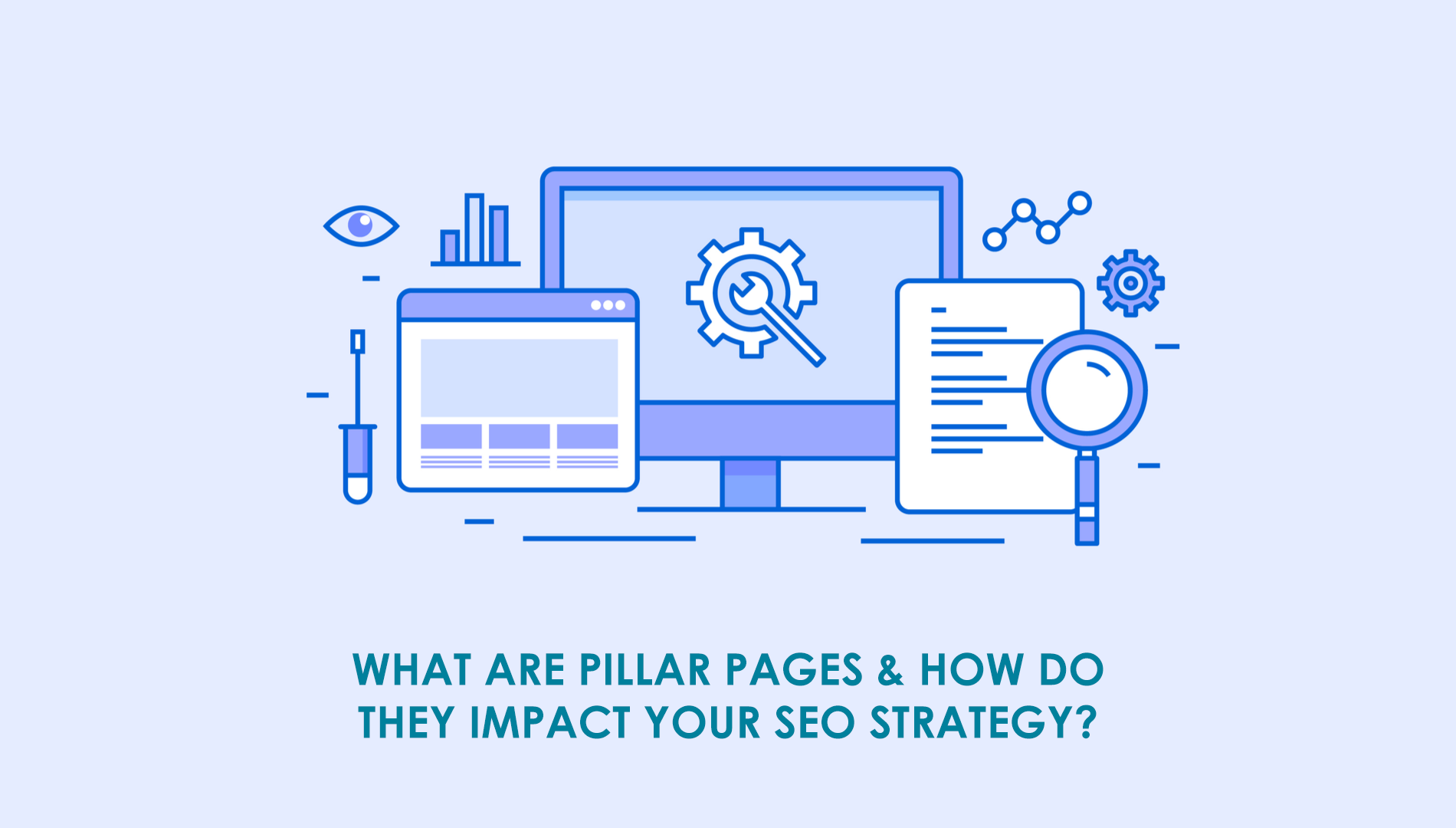Blogging has become one of the most efficient marketing tools in recent years. Apart from marketing, bloggers have a great responsibility towards society. What bloggers write today on the walls of their website, can become the voice of tomorrow.
However, at the present, many bloggers are facing problems to market their content. There are mainly two reasons behind this issue i.e. the growing competition and paid marketing campaign. However, does paid marketing mean that organic SEO has lost to it? Nope! Following the right ways can still add wings to your blog. Wasting no more time on discussion, let’s have a look at 7 proven practices to improve blog traffic and engagement.
Select the keywords more specifically
Selecting the keywords strategically takes the most important role in improving the web traffic to your blog. Irrespective of the quality of content, finding the right keywords and optimizing them with your blog is important. There are mainly two ways of keyword research i.e. offline and online research.
Offline research solely refers to the process of brainstorming. On the other hand, Online research is conducted by using online tools like Soovle, Jaaxy, Google Keyword Planner, SECockpit, etc.
Authoritative and engaging tone
Why are you writing blogs? Of course, you want to catch the attention of your readers. But how? Take note that while writing, always write for your readers, and don’t forget to maintain an authoritative tone as well.
Here, the EAT ( Expertise, Authority, and Trust ) factors play a vital role. If the blog is not engaging and contextual, Google’s BERT can’t filter it from the millions of content online.
On-Page Optimization
According to the Google Algorithm and my personal experience, On-Page Optimization plays the most important role in improving the rank of your blogging site. Here, I am mentioning some basic aspects of on-page optimization that can drastically attract more traffic to your blogging site.
- Make sure to tune up the URL.
- Put a natural meta description with the primary keyword.
- Use H1 tag
- Try to keep the subheadings clear by using h2 and h3.
- Optimize lite images
- Try adding Outbound links.
Keeping these basic points in mind will surely drive more traffic to your blogs.
Create backlinks
Creating backlinks is part of off-page SEO optimization. Along with optimizing On-Page, off-page optimization is also a vital organ of SEO. Creating backlinks signals to Google that other websites are showing interest in your content.
The more websites show interest in your website, the chances of ranking higher in Google SERP are improved. Getting backlinks from blogging sites like Medium, Sooper Articles can be a big plus.
Utilize Online SEO Tools
Utilizing online tools while doing SEO for your blogs can ease the process of writing and SEO optimization.
Plagiarism checking: To check plagiarism in the content, you may use free online tools like DupliChecker, SmallSeoTools, 1Checker, etc.
Readability checking: Check the readability of your content with tools like Prepostseo, Hemingway Editor.
Rank Tracking: You can trace the rank of your website with tools like Advanced Web Ranking, Searchmetrics, etc.
Link Building: You may use tools like Ahrefs, BuzzStream to ease the process of link building.
Advance SEO tools: If you want ultimate SEO tools, then go for Moz Pro and SEMrush.
Internal linking
Internal linking is the most important but one of the most avoided parts while optimizing SEO for Blogs. Internal linking simply refers to the process of linking your different blogs with each other. Thus, you can create a chain in between your own contents.
Internal linking helps Google to easily reach your blog while someone searches anything related to it. It also reduces the pressure of excessive backlink creations.
Be picky when creating links
Google asks for quality from your content. Therefore, there is no need to stuff your content with unnecessary links. I often find that many writers are so busy citing the sources that they miss the quality in between them.
Try to cite from recent and relevant sources. Using sources from four to five years back does nothing but compromise with your blog’s rank in Google SERP.
Final Note:
Following the mentioned practices while doing SEO for your blog can set your blog site in a higher rank. Keep patience and follow all the basic aspects of SEO to drive more traffic and engagement to your blogs.





